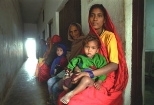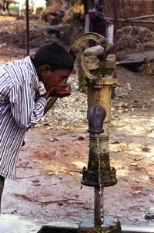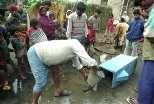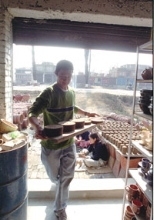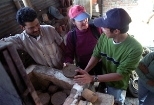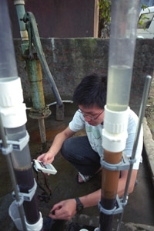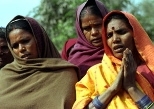A team of eight MIT students and their advisor brought their ingenuity and technical skills to villages in Nepal this year to try to solve a very basic practical problem--the need for clean drinking water at very low cost. Worldwide, more than 1.7 billion people lack access to clean drinking water, and waterborne diseases are a major cause of illness and death.
A version of this article appeared in MIT Tech Talk on May 22, 2002.
